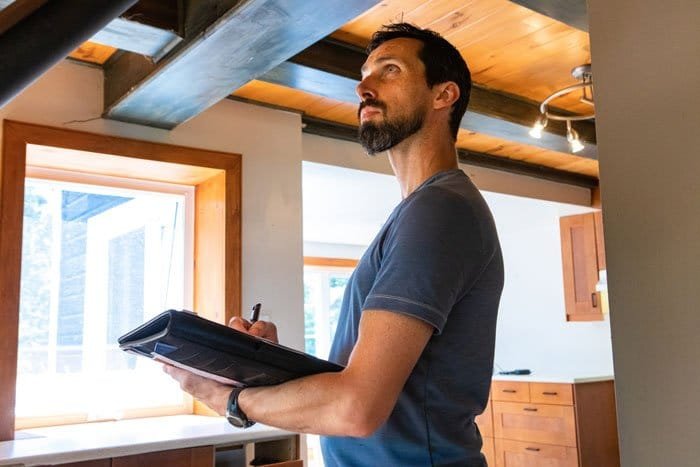Mold is a problem that can strike any property at any time. If you are not prepared for it, the results can be disastrous. In this blog post, we will discuss everything you need to know about proactive mold management. We will talk about mold, its dangers, and how to prevent it from taking over your property. Stay safe and informed by reading on!
Understanding moisture:
The first step in proactive mold management is understanding moisture and how it affects your home or building. Moisture can come from many sources, including rain, snow, condensation, plumbing leaks, and even high humidity. When this moisture isn’t properly controlled or removed, it can lead to the growth of mold and mildew.
Dampness creates an environment where mold spores can grow and reproduce rapidly. These spores are found indoors and outdoors, so even if you don’t have a water source inside your home or building, you’re still at risk for mold growth if the conditions are right. That’s why it’s important to control the level of moisture in your home or building, as well as identify and fix any water leaks as soon as possible.
There are a few ways to do this, including:
– Using a dehumidifier to keep the air inside your home or building at a comfortable level
– Ventilating wet areas like bathrooms and laundry rooms
– Fixing any plumbing leaks right away
– Make sure that any outdoor areas are properly graded so that water drains away from your home or building
– Inspecting your gutters and downspouts regularly to make sure they’re not clogged
– Covering dirt floors in crawl spaces with a vapor barrier
Moisture is one of the main things you need to be aware of when it comes to mold growth. If you can control the moisture in your home or building, you can help prevent mold growth.
Understanding mold: Understanding all the causes of mold will be for nothing if you don’t have an understanding of mold itself. Mold is a type of fungi that thrives in warm, moist environments. There are many different types of mold, but the most common indoor molds are Cladosporium and Aspergillus. Mold can cause various health problems, including respiratory infections, allergies, and asthma.
Despite being one of the most common problems in homes across the United States, Mold is still a hidden problem. This is primarily because mold often grows in hidden places, like behind walls or under floors. Mold can also be tricky to spot because it comes in many colors, including black, white, green, and brown. If you suspect that there might be mold growing somewhere in your home or building, it’s important to have a professional come and take a look. They can properly assess the situation and determine if mold is present.

Proactive measures of mold remediation:
Now that you know a little bit more about mold let’s discuss how to prevent it from taking over your property. The best way to do this is to take proactive measures to control moisture and keep mold spores from getting a foothold in your home or building.
Scheduling regular checkups: One of the best ways to stay on top of the mold is to schedule regular checkups with a professional. They will be able to inspect your property for any signs of moisture or mold and help you take the necessary steps to remediate the problem.
Checking for leaks: Another proactive measure you can take is regularly checking for leaks inside and outside of your property. Even a small drip from a plumbing leak can cause enough moisture to allow mold spores to grow. You can help prevent mold growth in your home or building by checking for leaks and fixing them right away.
Inspecting gutters and downspouts: Your gutters and downspouts play an important role in preventing water from pooling around your property. That’s why it’s important to inspect them regularly and clear them of any debris blocking the flow of water.
Regular cleaning: Keeping your home or building clean is another important part of mold prevention. Be sure to vacuum and dust regularly and clean any wet areas, like bathrooms and kitchens, to prevent mold spores from taking hold.
By taking these proactive measures, you can help prevent the growth of mold on your property. However, despite taking proactive measures, you can end up with mold. If this happens, it’s important to take action right away to remediate the problem. While there are many DIY measures of mold remediation, there are none that we can recommend as the best. One of the best ways to get rid of mold is to contact a professional. They can assess the situation and take the necessary steps to remediate the problem. Not only will this help you get rid of mold, but it will also help you prevent it from returning in the future.


















